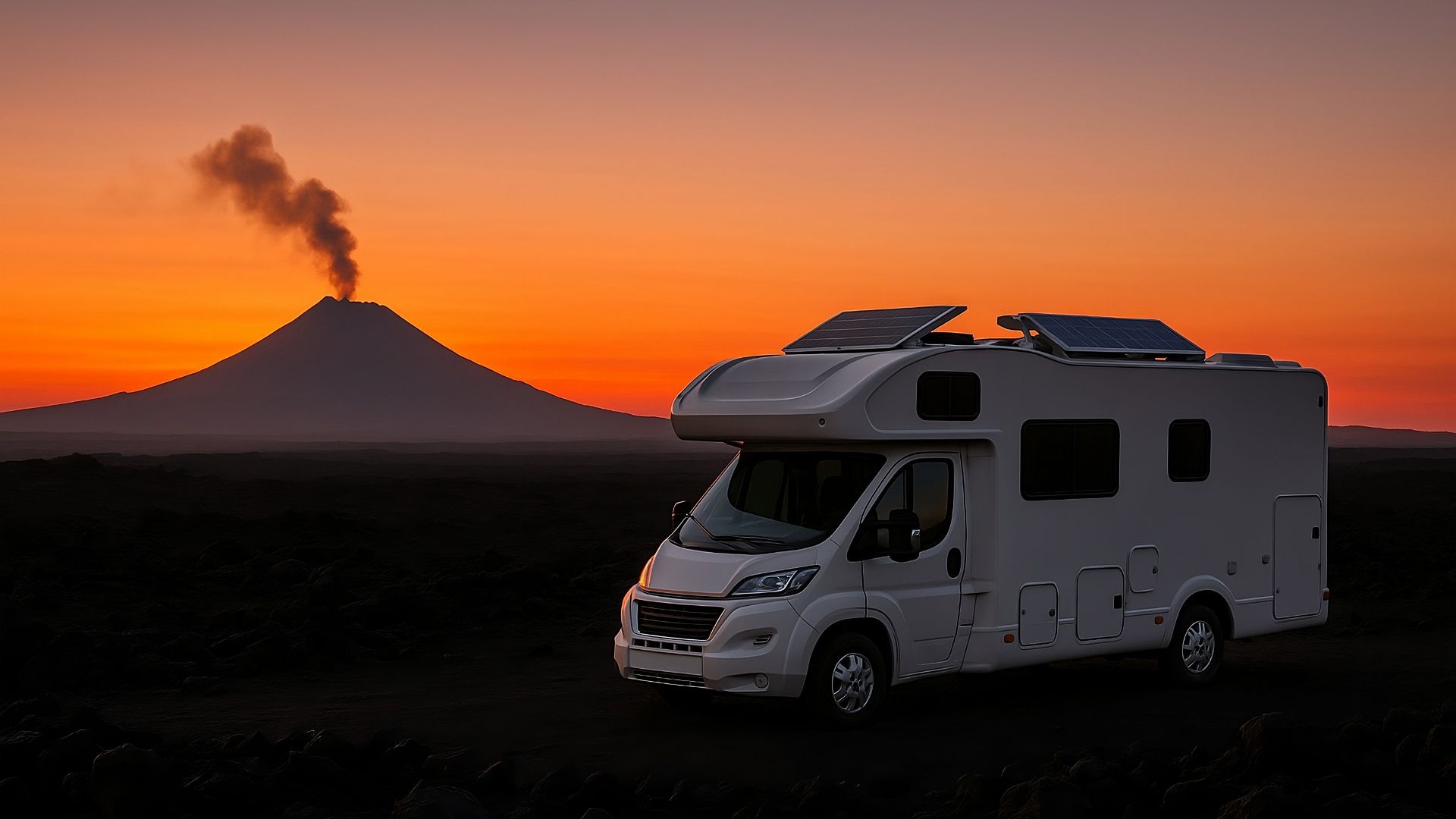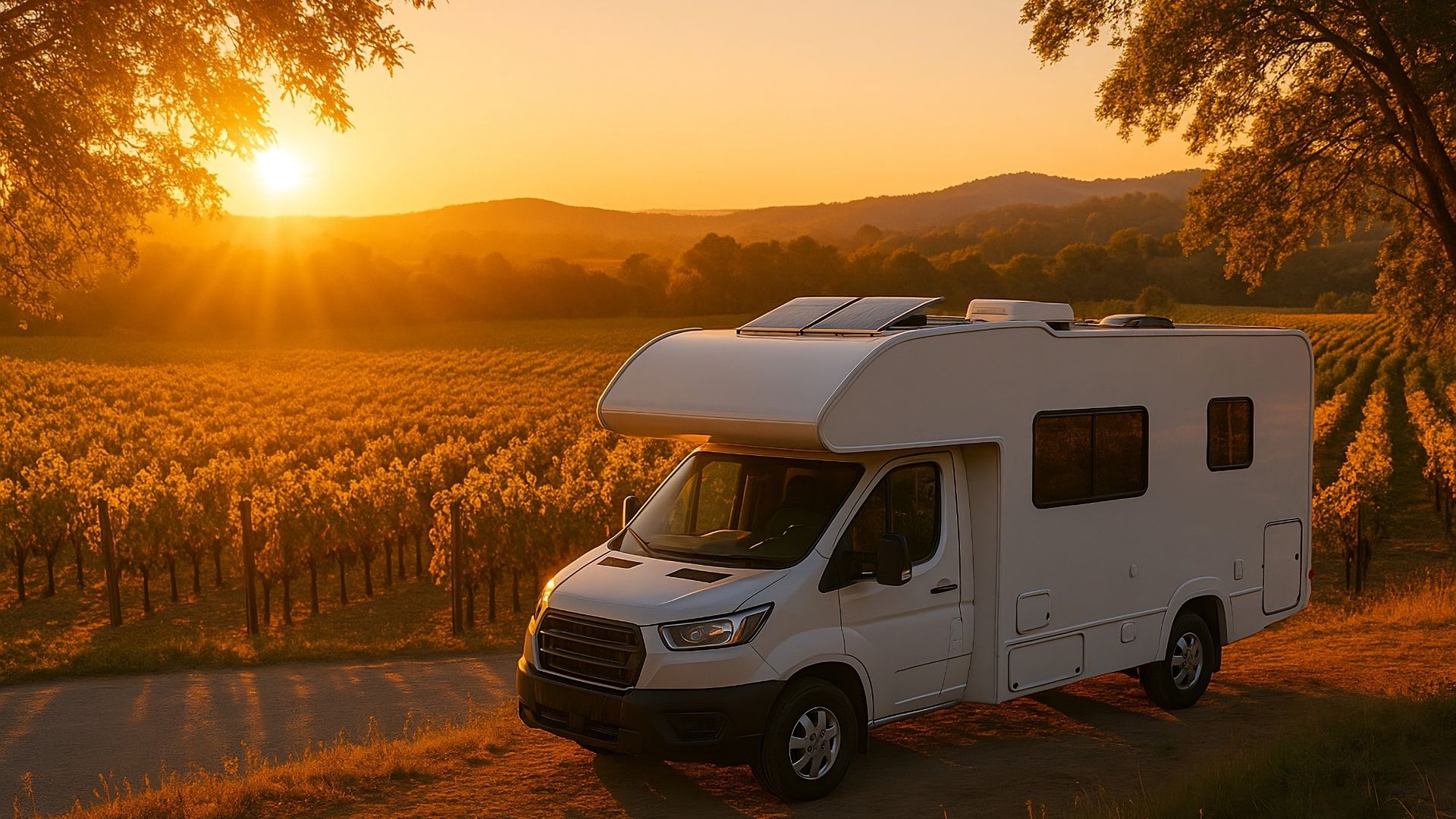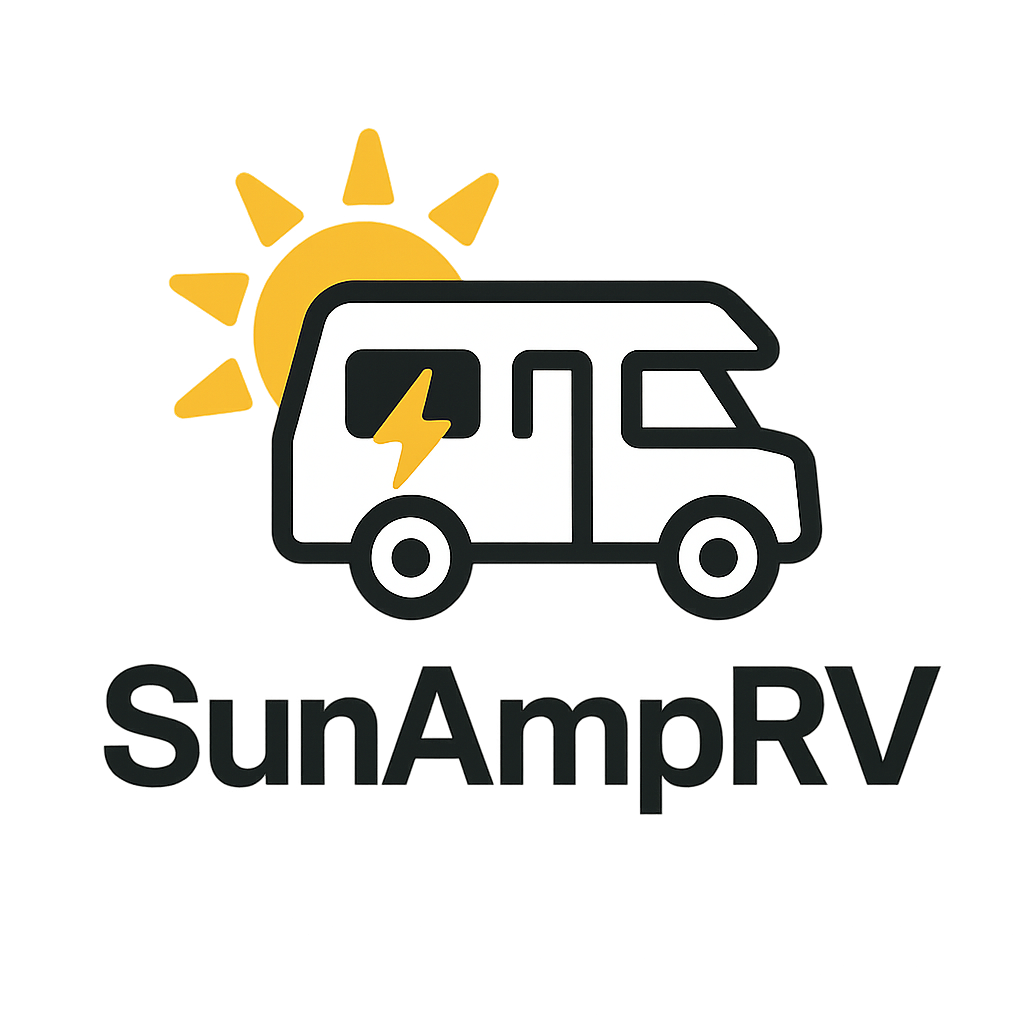
Harnessing solar power for your RV is an excellent way to enjoy energy independence on the road. However, selecting the right solar cables is crucial for optimizing efficiency and safety. This article explores RV solar cables, focusing on the differences between 10 AWG and 8 AWG cables.
Understanding RV Solar Cables
RV solar cables are designed to connect solar panels, charge controllers, batteries, and other components in your solar power system. These cables play a vital role in transmitting electricity efficiently and safely. Choosing the right gauge, or thickness, is essential to ensure minimal power loss and prevent overheating.
Why Gauge Matters
The gauge of a wire refers to its thickness. In general, a lower gauge number means a thicker wire, capable of carrying more current with less resistance. When setting up an RV solar system, selecting the right gauge affects both the efficiency of energy transfer and the safety of the setup.

10 AWG vs 8 AWG: Which to Choose?
- 10 AWG Cables: These are thinner and typically used for short runs where minimal current loss is acceptable. They are suitable for smaller systems with lower power requirements.
- 8 AWG Cables: These are thicker, providing better performance with longer runs and higher power systems. They are ideal for larger setups or when the panels are located far from the battery bank.
Installation Steps for RV Solar Cables
- Plan Your Layout: Determine where each component of your solar system will be installed.
- Measure Cable Lengths: Calculate the length of cable needed between each component, accounting for bends and turns.
- Choose the Right Gauge: Decide between 10 AWG and 8 AWG based on your system size and layout.
- Install the Panels: Secure your solar panels, such as the Renogy 200 W Monocrystalline Solar Starter Kit, on the roof of your RV.
- Connect the Charge Controller: Use cables to connect the solar panels to a charge controller, such as the Victron SmartSolar MPPT Charge Controller.
- Wire the Batteries: Link the charge controller to your batteries, like the Battle Born 100 Ah 12 V LiFePO₄ Deep‑Cycle Battery, ensuring the connections are secure.
- Test the System: Check all connections and test the system to ensure it operates correctly.
Additional Considerations
- Environmental Factors: Consider the environment your cables will be exposed to. Use cables designed to withstand UV rays and temperature fluctuations.
- Future Expansion: If you plan to expand your solar system, consider using 8 AWG cables to accommodate future growth.
- Portable Options: For those preferring portable setups, products like the Zamp Solar 140 W Folding Portable Kit or the Goal Zero Yeti 1500X Portable Power Station can be invaluable.
Conclusion
Selecting the right RV solar cables is essential for an efficient and safe solar power system. Whether you opt for 10 AWG or 8 AWG cables depends on your specific needs, potential expansion plans, and the distances involved. By making informed choices, you can ensure your RV solar setup is both effective and reliable.
